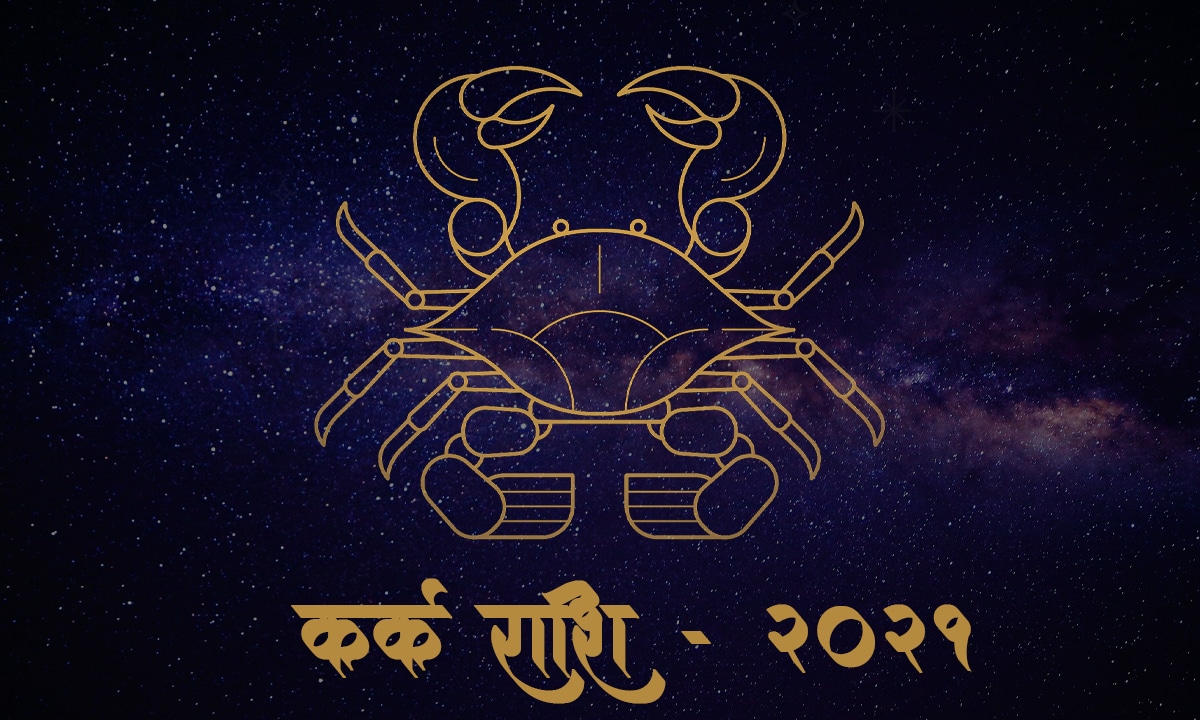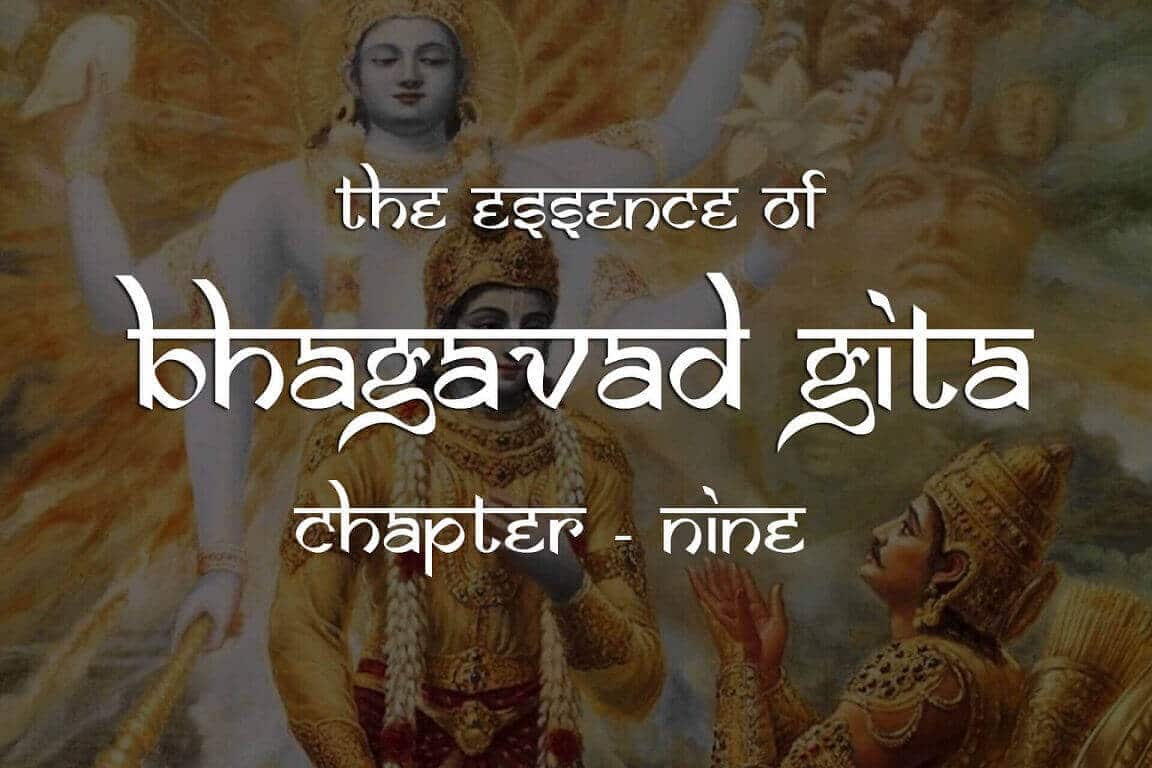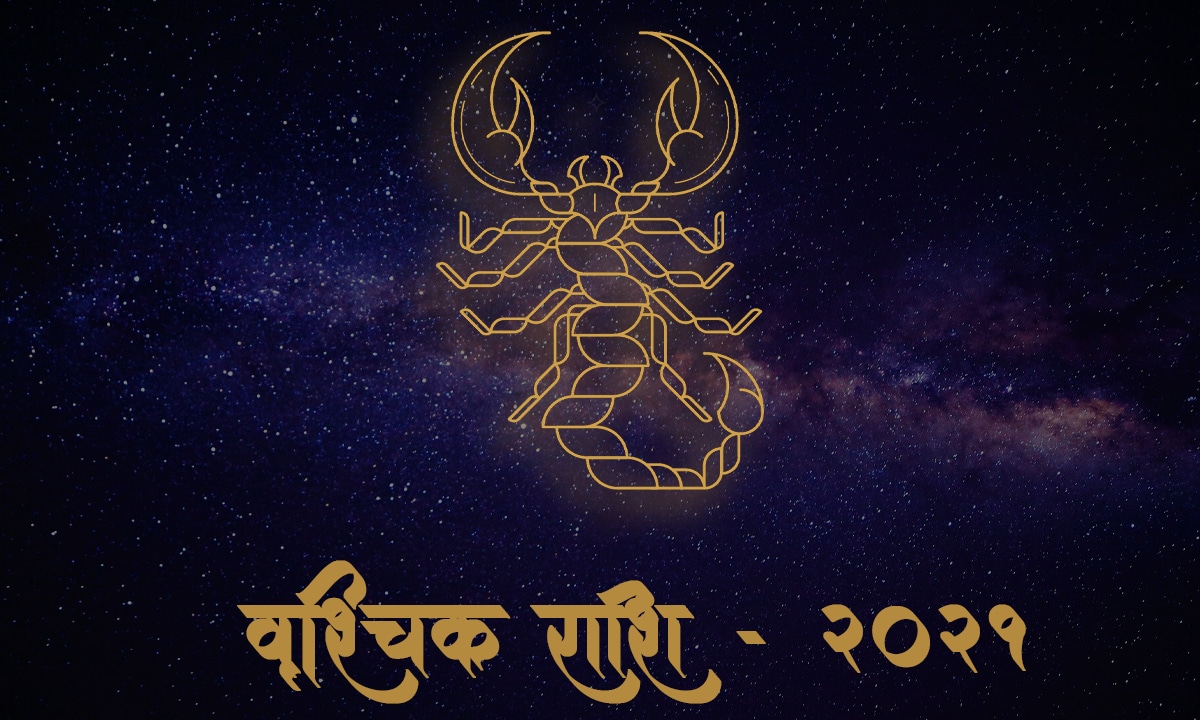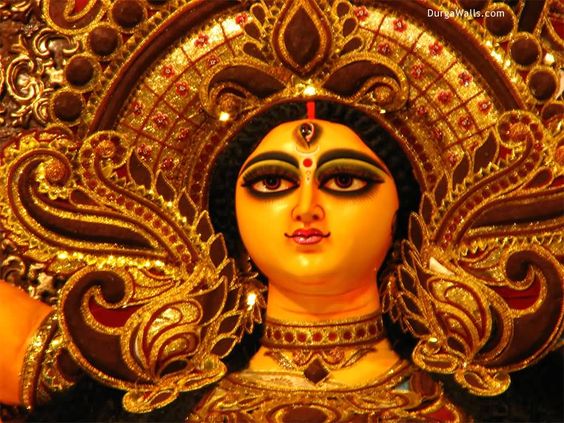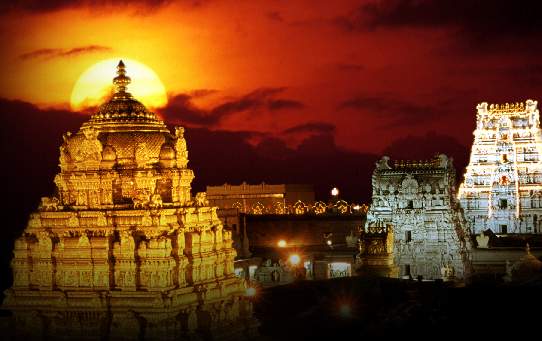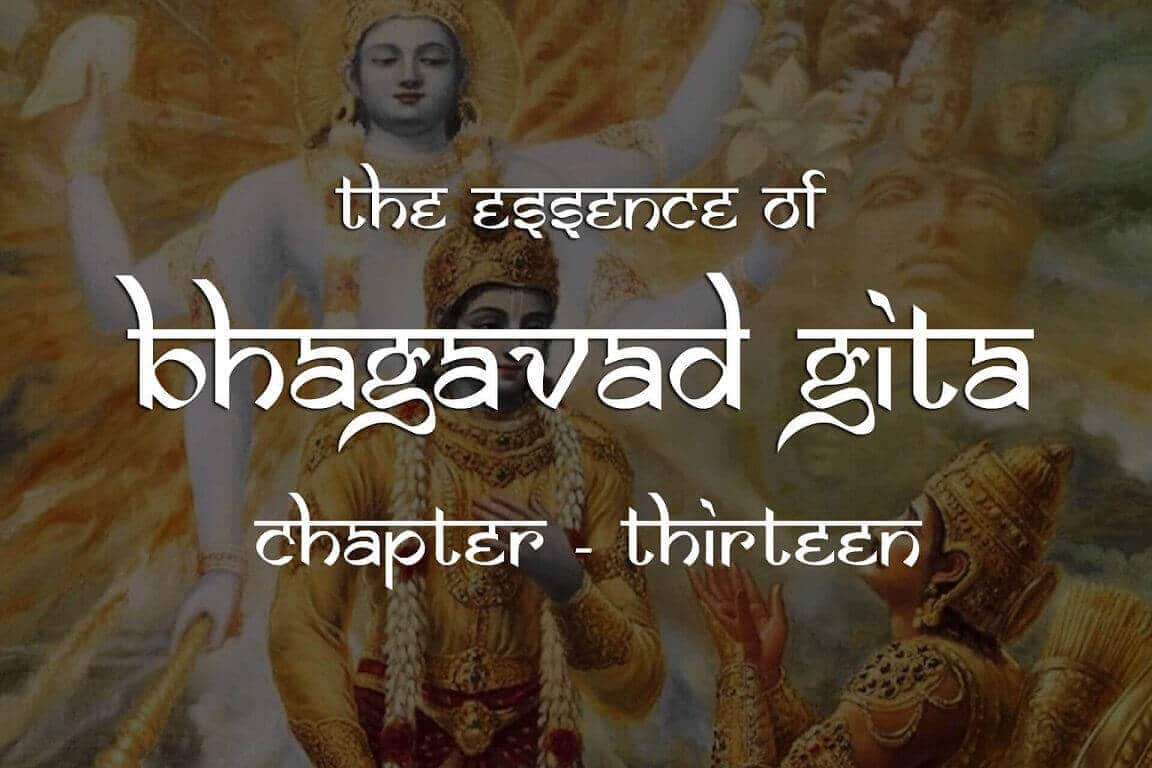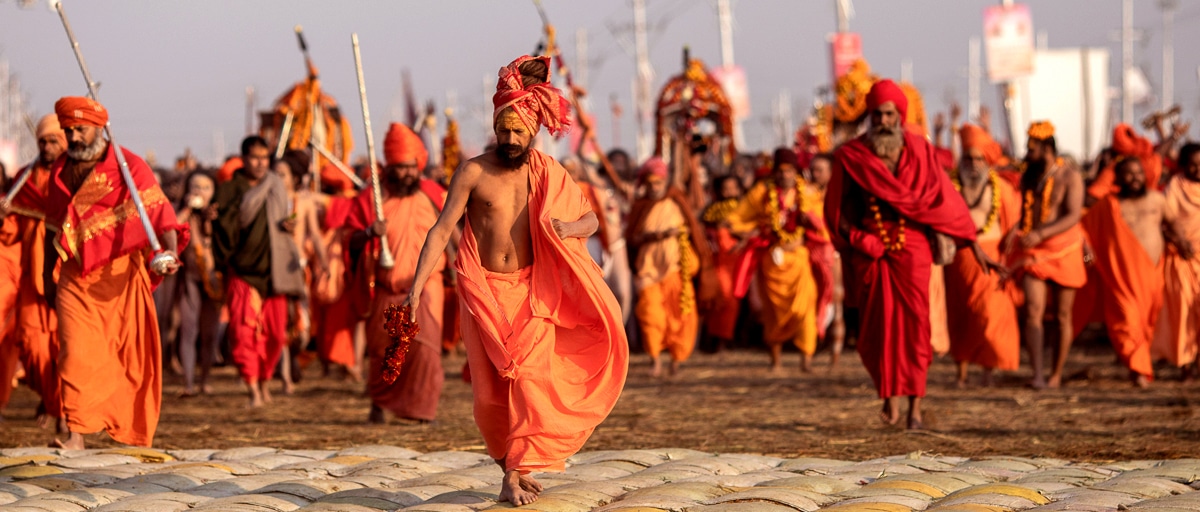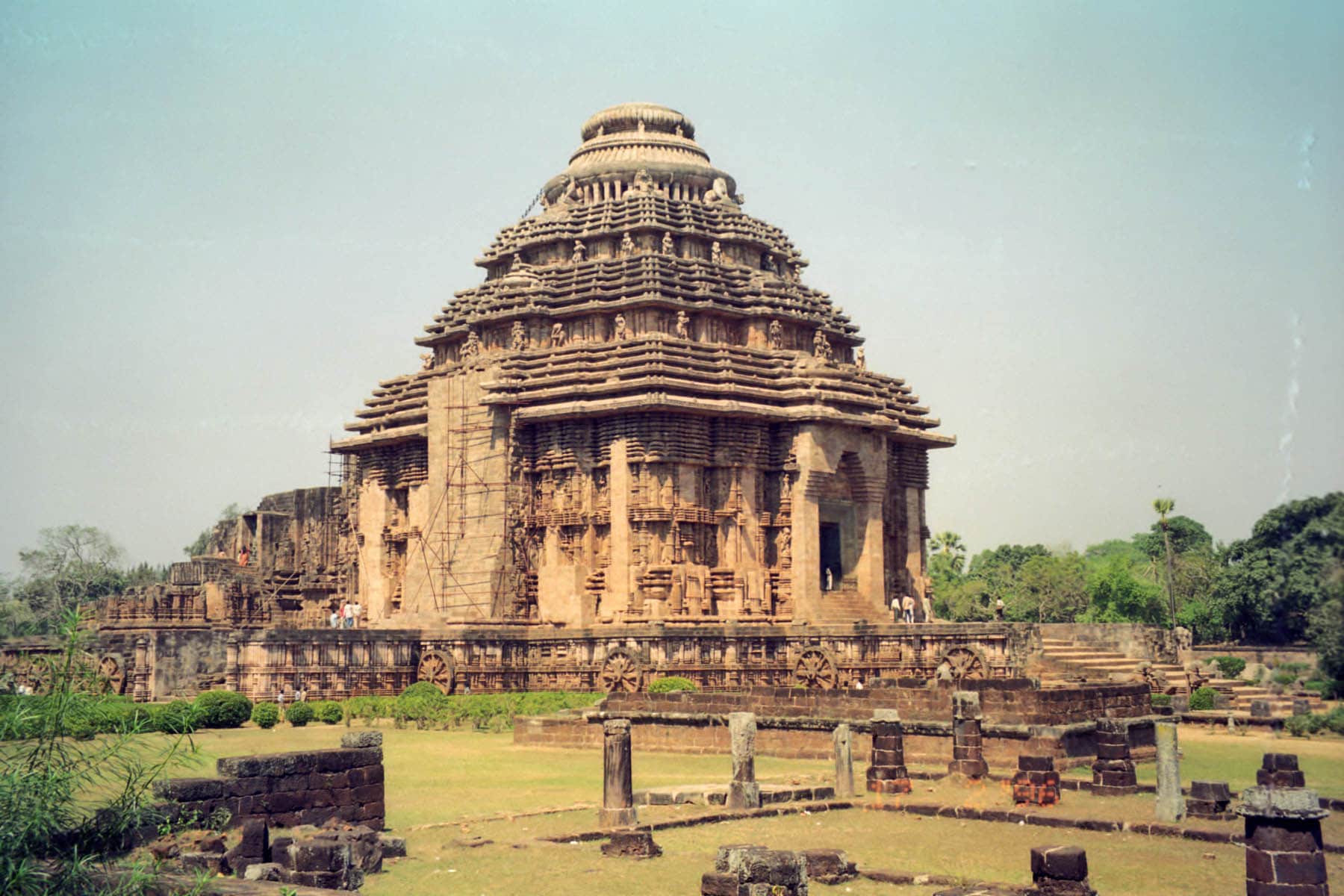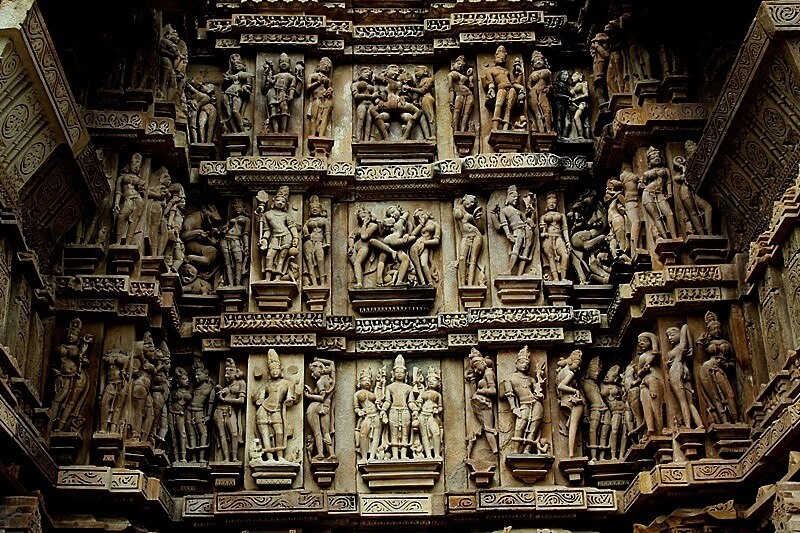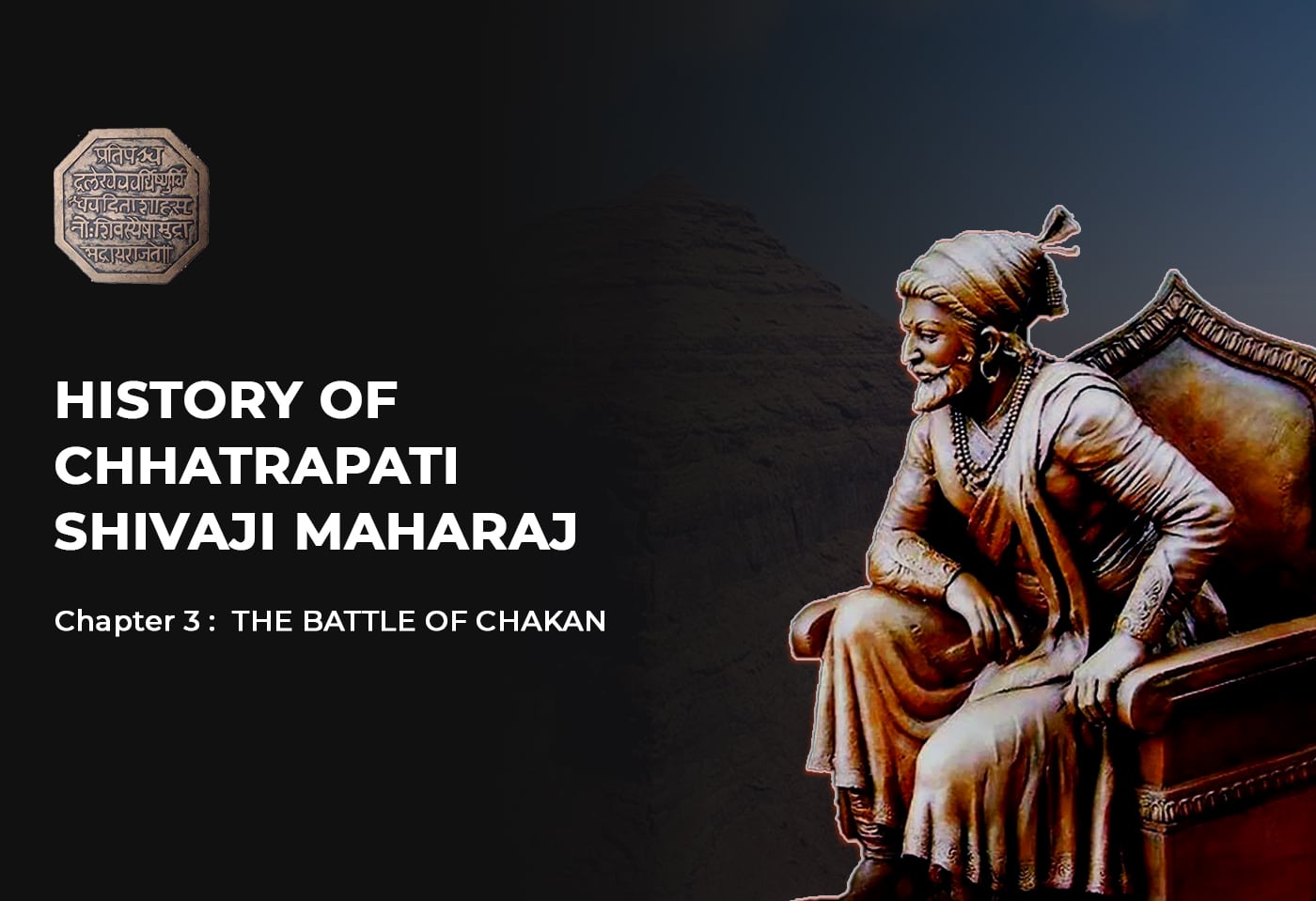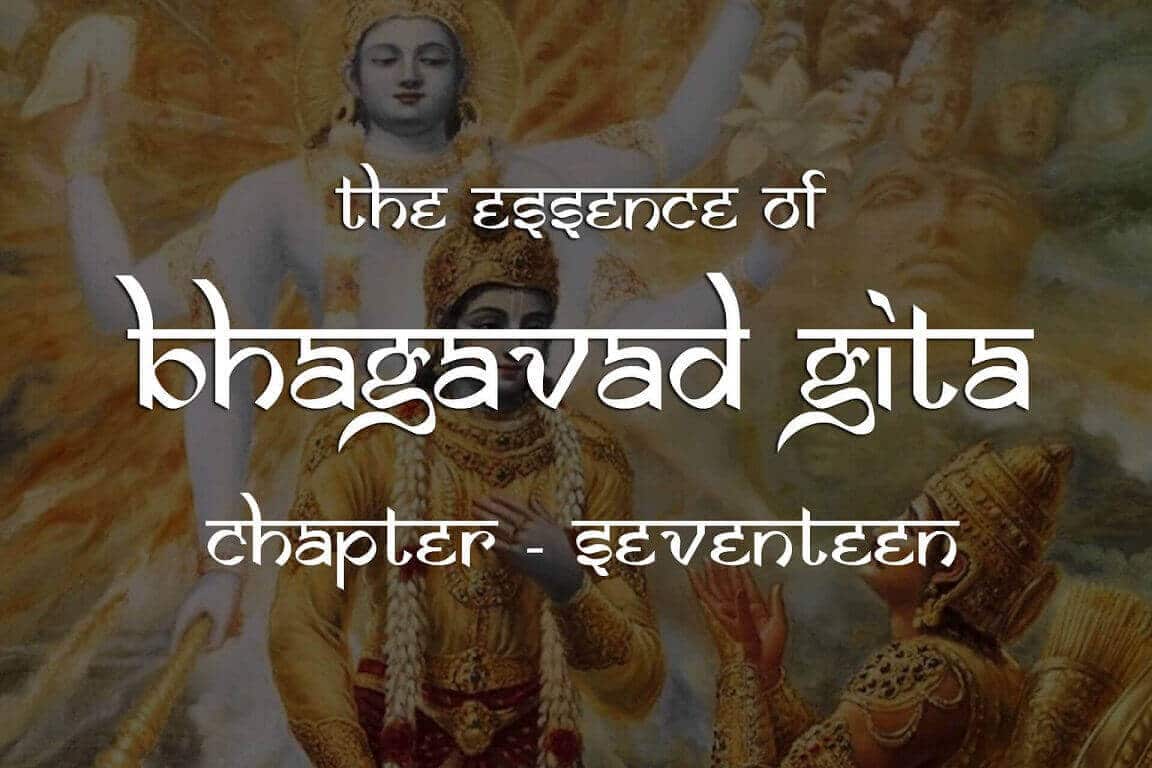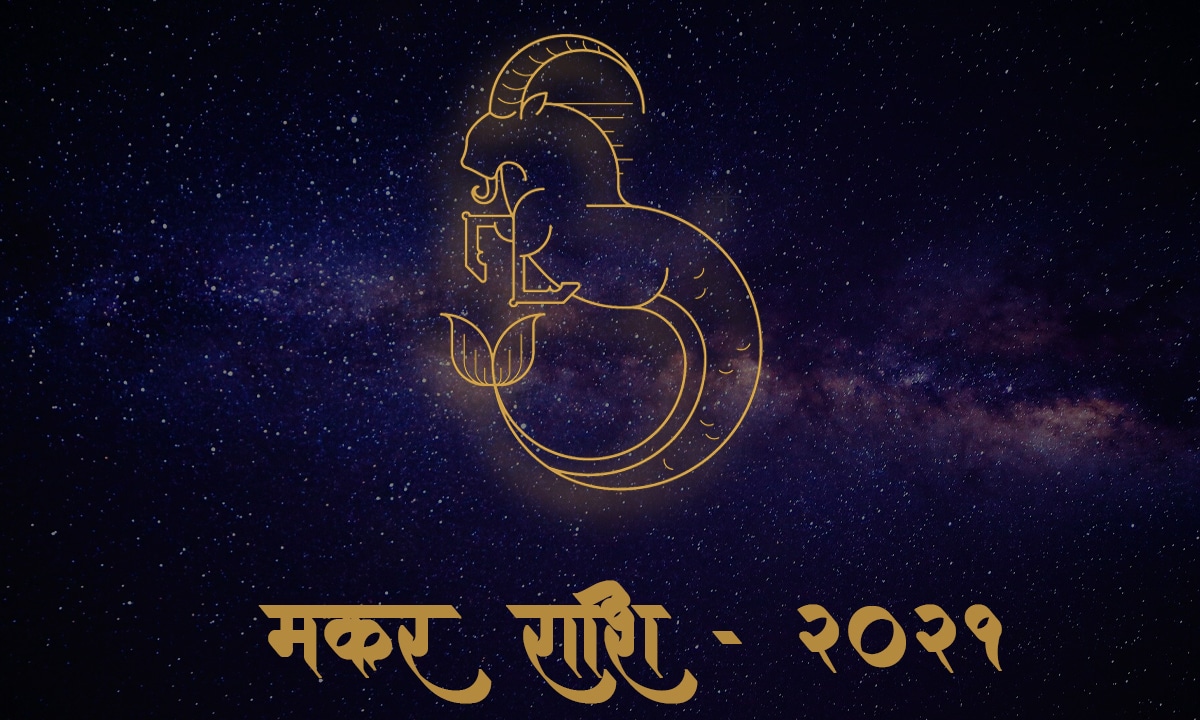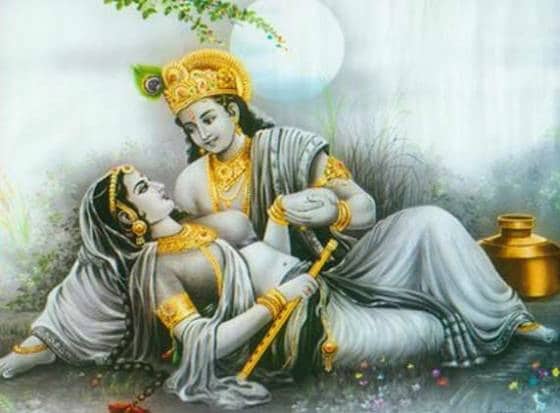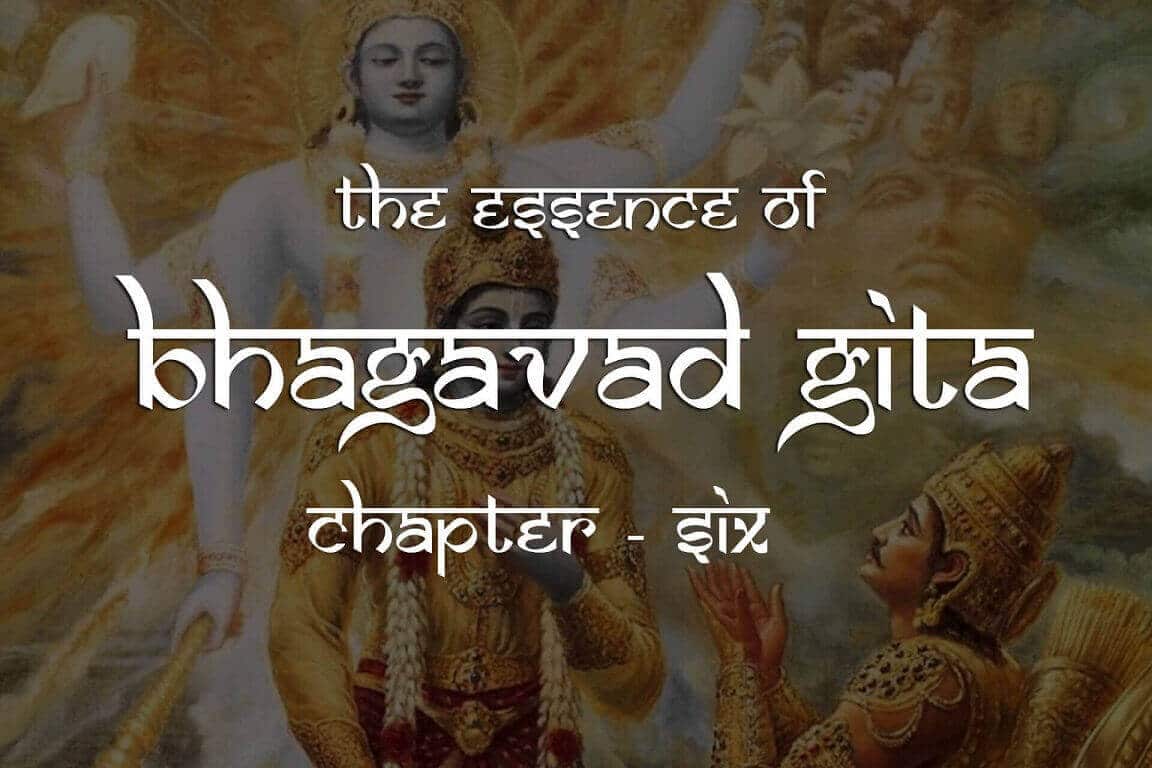Hinduism had many scholar and brilliant sages who gave much knowledge of science, Mathematics, Astronomy, cosmoogy, Medicines etc from their work. Here is the list of 11 Hindu sages who did remarkable work in the field of Science, in no perticular order.
1) Aryabhatta
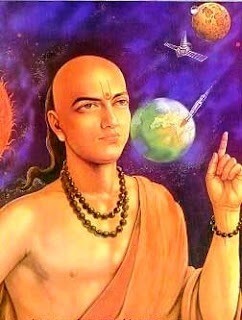
Aryabhata was the first in the line of great mathematician-astronomers from the classical age of Indian mathematics and Indian astronomy. He is the author of several treatises on mathematics and astronomy.
His major work, Aryabhatiya, a compendium of mathematics and astronomy, was extensively referred to in the Indian mathematical literature and has survived to modern times. The mathematical part of the Aryabhatiya covers arithmetic, algebra, plane trigonometry, and spherical trigonometry. It also contains continued fractions, quadratic equations, sums-of-power series, and a table of sines.
He formulated the process of calculating the motion of planets and the time of eclipses.
2) Bharadwaj
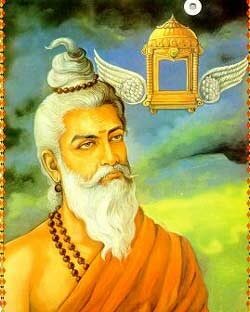
Acharya Bharadwaj is the writer and founder Ayurveda and mechanical sciences. He authored the ” Yantra Sarvasva ” which includes astonishing and outstanding discoveries in aviation science, space science and flying machines.
Also read:
Was first discovered by Hindus Ep IV : Time dilation
3) Baudhayana
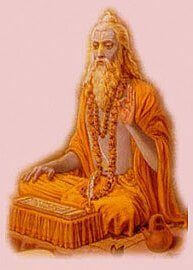
Baudhayana was the author of the Baudhayana sutras, which cover dharma, daily ritual, mathematics, etc.
He was the author of the earliest Sulba Sutra—appendices to the Vedas giving rules for the construction of altars—called the Baudhayana Sulbasutra. These are notable from the point of view of mathematics, for containing several important mathematical results, including giving a value of pi to some degree of precision, and stating a version of what is now known as the Pythagorean theorem.
Sequences associated with primitive Pythagorean triples have been named Baudhayana sequences. These sequences have been used in cryptography as random sequences and for the generation of keys.
Also read:
Was first discovered by Hindus Ep I : Pythagoras theorem
4) Bhaskaracharya
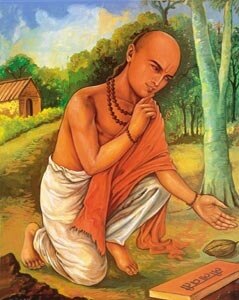
Bhaskaracharya was an Indian mathematician and astronomer. his works represent a significant contribution to mathematical and astronomical knowledge in the 12th century. His main work Siddhanta Shiromani deal with arithmetic, algebra, mathematics of the planets, and spheres respectively.
Bhaskaracharya’s work on calculus predates Newton and Leibniz by over half a millennium. He is particularly known in the discovery of the principles of differential calculus and its application to astronomical problems and computations. While Newton and Leibniz have been credited with differential and integral calculus, there is strong evidence to suggest that Bhaskaracharya was a pioneer in some of the principles of differential calculus. He was perhaps the first to conceive the differential coefficient and differential calculus.
Also read:
Was first discovered by Hindus Ep III : Value of Pi
5) Charak
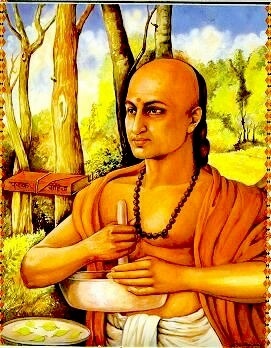
Acharya Charak has been crowned as the Father of Medicine. His renowned work, the ” Charak Samhita “, is considered as an encyclopedia of Ayurveda. His principles, diagoneses, and cures retain their potency and truth even after a couple of millennia. When the science of anatomy was confused with different theories in Europe , Acharya Charak revealed through his innate genius and enquiries the facts on human anatomy, embryology, pharmacology, blood circulation and diseases like diabetes, tuberculosis, heart disease, etc. In the ” Charak Samhita ” he has described the medicinal qualities and functions of 100,000 herbal plants. He has emphasized the influence of diet and activity on mind and body. He has proved the correlation of spirituality and physical health contributed greatly to diagnostic and curative sciences. He has also prescribed and ethical charter for medical practitioners two centuries prior to the Hippocratic oath. Through his genius and intuition, Acharya Charak made landmark contributions to Ayurvedal. He forever remains etched in the annals of history as one of the greatest and noblest of rishi-scientists.
6) Kanad

Kanada was a Hindu sage and philosopher who founded the philosophical school of Vaisheshika and authored the text Vaisheshika Sutra.
His primary area of study was Rasavadam, considered to be a type of alchemy. He is said to have believed that all living beings are composed of five elements: water, fire, earth, air, Aether (classical element). Vegetables have only water, insects have water and fire, birds have water, fire, earth and air, and Humans, the top of the creation, have ether—the sense of discrimination (time, space, mind) are one.
He says, “Every object of creation is made of atoms which in turn connect with each other to form molecules.” His statement ushered in the Atomic Theory for the first time ever in the world. Kanad has also described the dimension and motion of atoms and their chemical reactions with each other.
7) Kapil
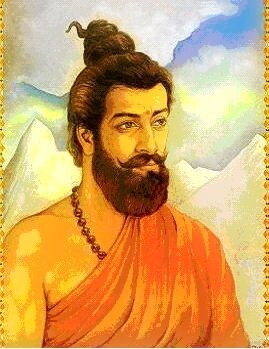
He gifted the world with the Sankhya School of Thought. His pioneering work threw light on the nature and principles of the ultimate Soul (Purusha), primal matter (Prakruti) and creation. His concept of transformation of energy and profound commentaries on atma, non-atma and the subtle elements of the cosmos places him in an elite class of master achievers – incomparable to the discoveries of other cosmologists. On his assertion that Prakruti, with the inspiration of Purusha, is the mother of cosmic creation and all energies, he contributed a new chapter in the science of cosmology.
8) Nagarjuna
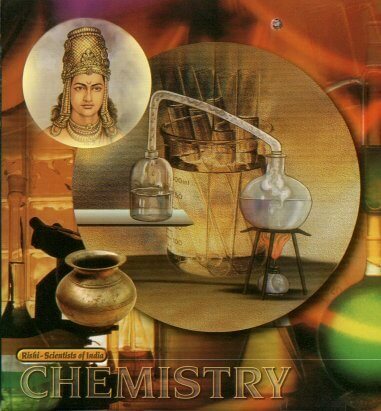
Nagarjna’s dedicated research for twelve years produced maiden discoveries and inventions in the faculties of chemistry and metallurgy. Textual masterpieces like ” Ras Ratnakar ,” “Rashrudaya” and “Rasendramangal” are his renowned contributions to the science of chemistry. Nagarjuna had also said to have discovered the alchemy of transmuting base metals into gold.
9) Patanjali
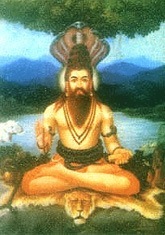
patanjali prescribed the control of prana (life breath) as the means to control the body, mind and soul. This subsequently rewards one with good health and inner happiness. Acharya Patanjali ‘s 84 yogic postures effectively enhance the efficiency of the respiratory, circulatory, nervous, digestive and endocrine systems and many other organs of the body. Yoga has eight limbs where Acharya Patanjali shows the attainment of the ultimate bliss of God in samadhi through the disciplines of: yam, niyam, asan, pranayam, pratyahar, dhyan and dharna.
10) Sushrut
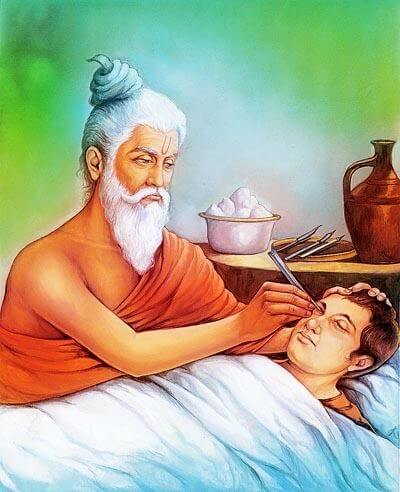
Sushruta is an ancient Indian surgeon commonly attributed to as the author of the treatise Sushruta Samhita. He is dubbed as the “founding father of surgery” and the Sushrut Samhita is identified as one of the best and outstanding commentary on Medical Science of Surgery.
Sushruta in his book Sushruta Samhita discusses surgical techniques of making incisions, probing, extraction of foreign bodies, alkali and thermal cauterization, tooth extraction, excisions, and trocars for draining abscess, draining hydrocele and ascitic fluid, the removal of the prostate gland, urethral stricture dilatation, vesiculolithotomy, hernia surgery, caesarian section, management of haemorrhoids, fistulae, laparotomy and management of intestinal obstruction, perforated intestines, and accidental perforation of the abdomen with protrusion of omentum and the principles of fracture management, viz., traction, manipulation, appositions and stabilization including some measures of rehabilitation and fitting of prosthetics. It enumerates six types of dislocations, twelve varieties of fractures, and classification of the bones and their reaction to the injuries, and gives a classification of eye diseases including cataract surgery.
11) Varahmihir
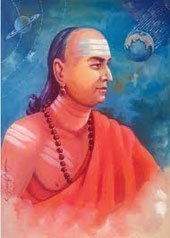
Varamihir is a renowned astrologer and astronomer who was honored with a special decoration and status as one of the nine gems in the court of King Vikramaditya in Avanti ( Ujjain ). Varahamihir’ s book “panchsiddhant” holds a prominent place in the realm of astronomy. He notes that the moon and planets are lustrous not because of their own light but due to sunlight. In the ” Bruhad Samhita ” and ” Bruhad Jatak ,” he has revealed his discoveries in the domains of geography, constellation, science, botany and animal science. In his treatise on botanical science, Varamihir presents cures for various diseases afflicting plants and trees.
Also read:
Was first discovered by Hindus Ep II : Sphericity of Earth
Credits: Photo credits to the owners, Google Images and the Original Artists.



